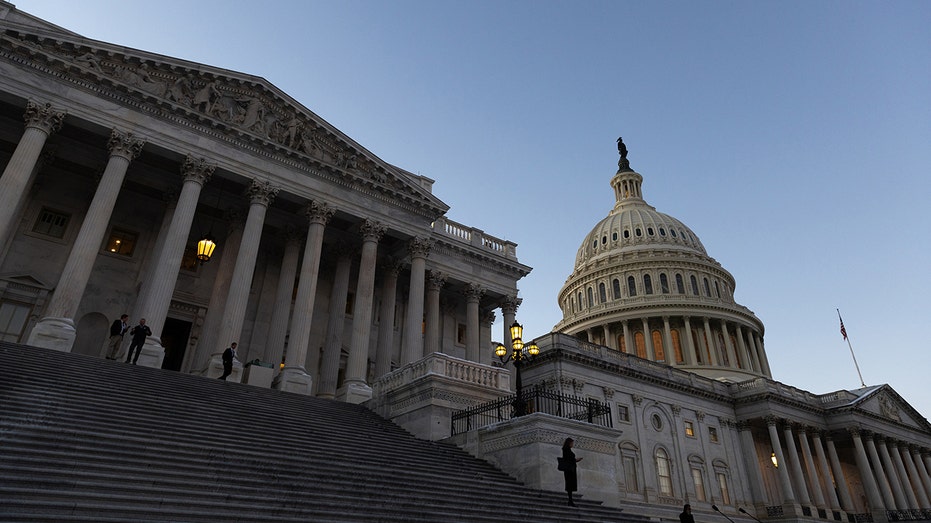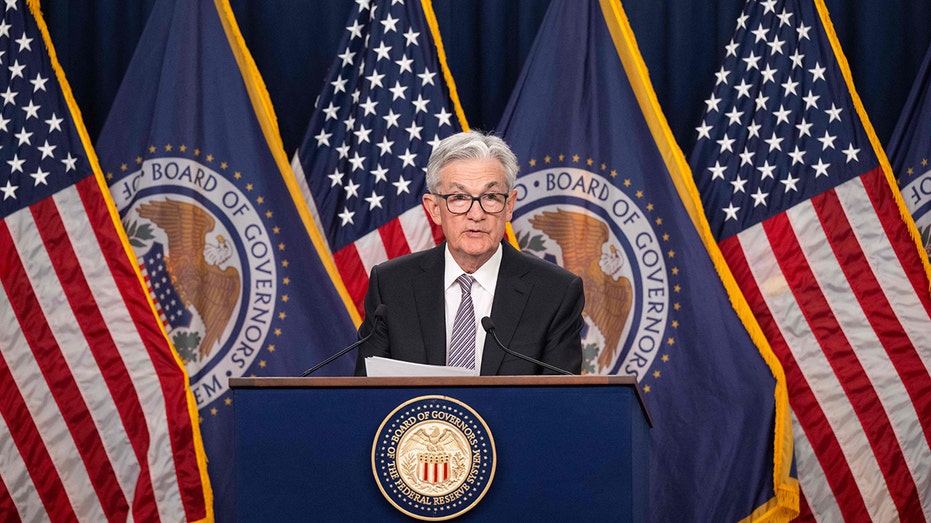Economist Peter Morici breaks down what the national debt is, why it ballooned to more than $34 trillion and what it means for Americans.
The rapid increase in interest rates over the past year could cause some collateral damage to the U.S. government’s finances.
That is because as interest rates rise, the federal government’s borrowing costs on its $34.24 trillion in debt will also increase.
Interest payments on the national debt are the fastest-growing part of the federal budget – and are poised to leapfrog both Medicare and defense spending in 2024, according to new projections published by the Congressional Budget Office.
Payments are expected to triple from nearly $475 billion in fiscal year 2022 to a stunning $1.4 trillion in 2032. By 2053, the interest payments are projected to surge to $5.4 trillion.
“For years, those of us weary of growing government debt argued that it could become extremely expensive if interest rates were to rise. This was particularly worrisome, considering the short-term maturity of our debt,” said Veronique de Rugy, a senior research fellow at the Mercatus Center at George Mason University. “Now the time has come, and it seems to be having no impact on the behavior of those in Congress.”
LARGE DEFICITS, HIGH INTEREST RATES MAKING FEDERAL DEBT LESS SUSTAINABLE

Interest payments on the national debt are the fastest-growing part of the federal budget – and are poised to leapfrog both Medicare and defense spending in 2024. (Photographer: Julia Nikhinson/Bloomberg via Getty Images / Getty Images)
As a share of the economy, total interest on the national debt is projected this year to hit a record 3.1% of GDP, which is the broadest measure of goods and services produced in the country. That percentage is expected to surge to 3.9% by 2034.
“You can think of the increase in net interest payments as two-thirds resulting from higher rates and one-third as a result of the amount of debt,” CBO Director Phillip Swagel told reporters earlier in February.
For years, the U.S. has been able to borrow cheaply as interest rates have remained historically low. However, as the federal funds rate has increased, so have short-term rates on Treasury securities, making federal borrowing more expensive.
US NATIONAL DEBT TOPS $34T FOR FIRST TIME IN HISTORY
The Federal Reserve raised interest rates 11 times in the span of just 16 months, lifting rates to the highest level since the 2008 financial crisis. Policymakers have since signaled that they are finished tightening policy and are planning to cut rates later this year, though they have not provided a timeline on when that may happen.

Federal Reserve Board Chair Jerome Powell speaks during a news conference at the Federal Reserve in Washington on May 3, 2023. (Saul Loeb / AFP via Getty Images / Getty Images)
CLICK HERE TO READ MORE ON FOX BUSINESS
The national debt topped $34 trillion in January after a burst of spending by President Biden and Democratic lawmakers.
As of September 2022, Biden had already approved roughly $4.8 trillion in borrowing, including $1.85 trillion for a COVID relief measure dubbed the American Rescue Plan and $370 billion for the bipartisan infrastructure bill, according to the Committee for a Responsible Federal Budget, a group that advocates for reducing the deficit.
While that is about half of the $7.5 trillion that former President Trump added to the deficit while he was in office, it is far more than the $2.5 trillion Trump had approved at that same point during his term.
Biden has repeatedly defended the spending by his administration and boasted about cutting the deficit by $1.7 trillion.
“I might note parenthetically: In my first two years, I reduced the debt by $1.7 trillion. No President has ever done that,” Biden said recently.



